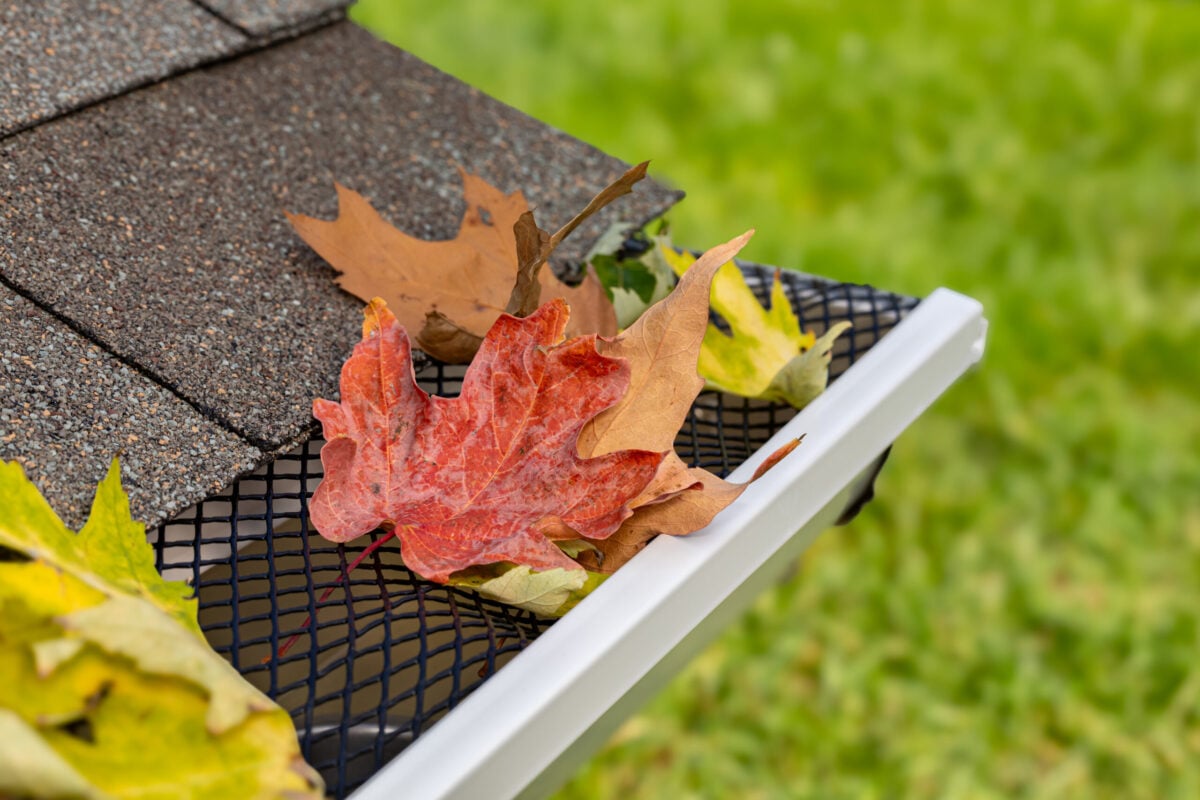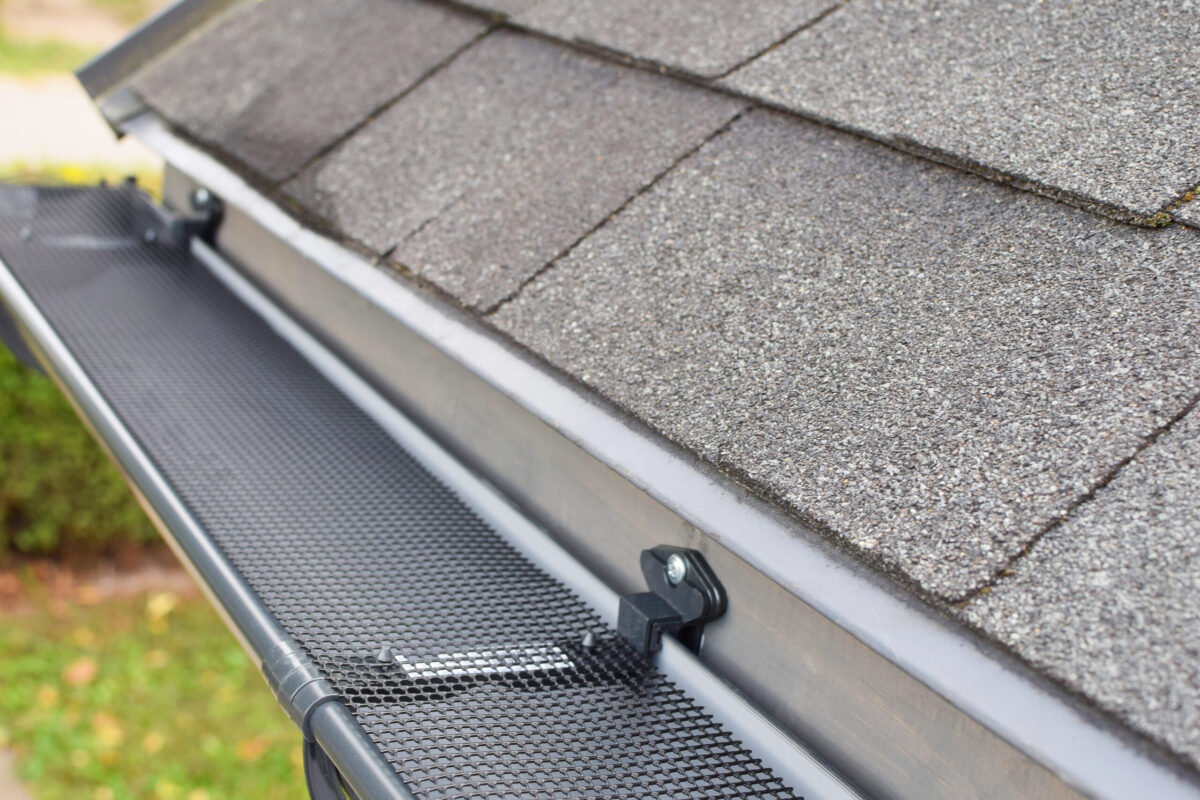Roofing Membranes Explained: Types, Costs, and Best Uses
5 Min Read
POSTED 21.10.2025
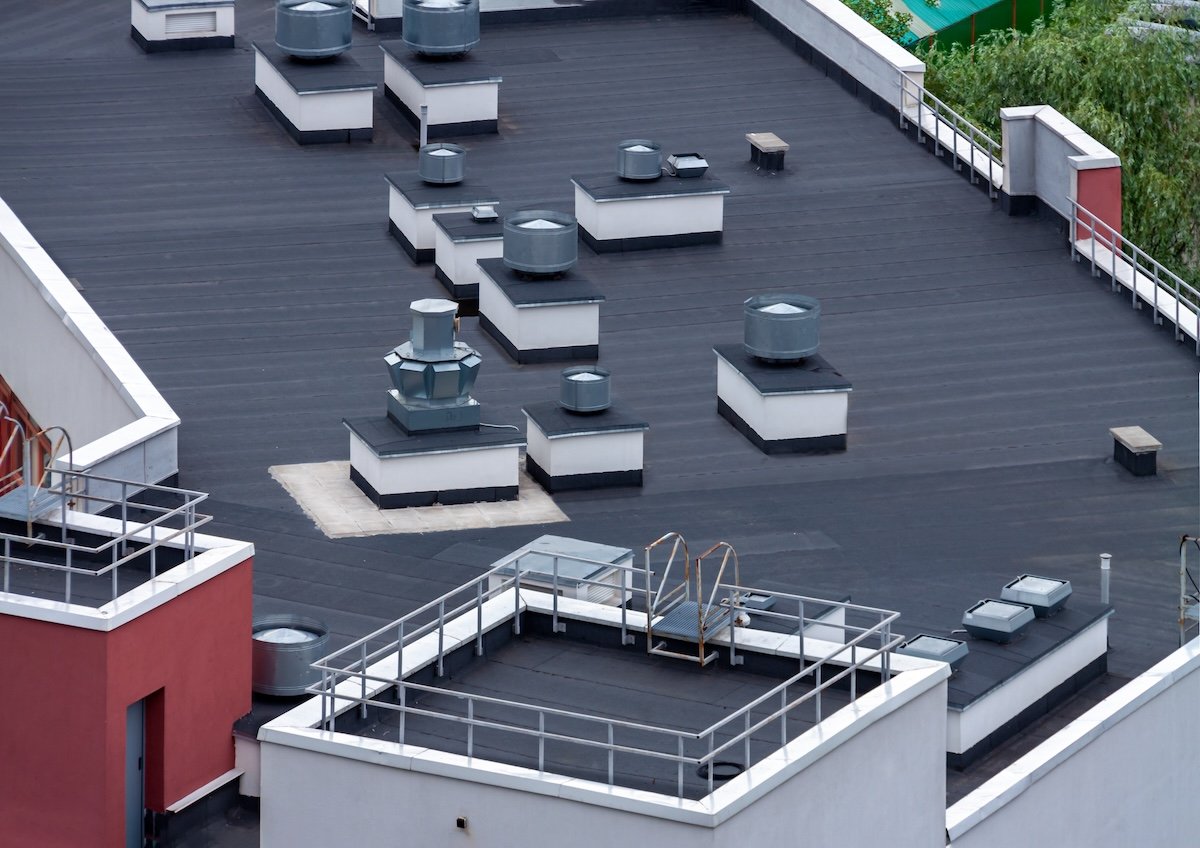
When protecting your home from water damage, few materials work as quietly and effectively as a roofing membrane. Whether your roof is flat, low-sloped, or has vulnerable areas like valleys and eaves, a roofing membrane adds a vital waterproof layer that extends durability and prevents leaks. With different options on the market—each with unique strengths and costs—it’s worth knowing which type is best for your home. If you’re considering upgrades or replacements, you can explore available roofing services designed for long-term performance.
Here’s what you’ll learn in this guide:
- Why roofing membranes matter and the problems they help prevent
- The main types of membranes and where they’re most effective
- How to compare cost, durability, and installation needs
- A homeowner-friendly checklist for deciding if a membrane is right for you
- Tips for maintenance and when to call in a professional
🏠 Why Roofing Membranes Matter
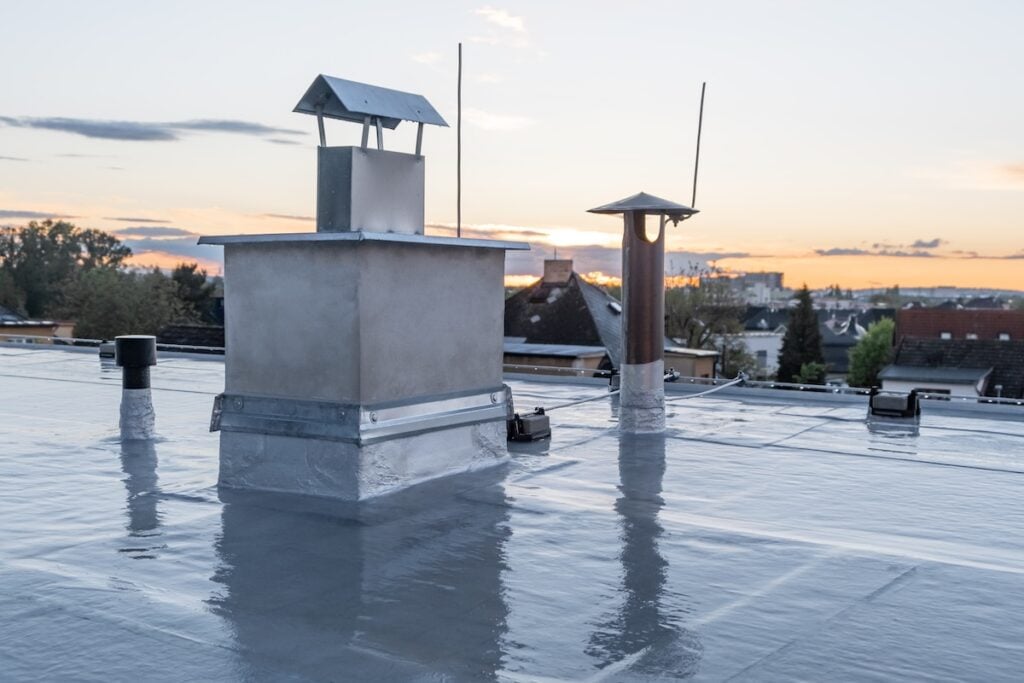
Roofing isn’t just about shingles—it’s a system designed to protect your entire home. Membranes are a key part of that system, especially for homes with flat or low-slope roofs. Without them, water can easily pool, seep under roofing material, and cause long-term structural damage.
Here are the biggest reasons homeowners should care about membranes:
- Leak Prevention: A membrane is a waterproof barrier that stops rain and snowmelt from penetrating vulnerable areas.
- Extended Roof Life: By reducing moisture exposure, membranes help your roof last longer and resist premature wear.
- Energy Efficiency: Some membrane types reflect UV rays, lowering cooling costs in the summer.
- Versatility: Membranes work well on flat, low-slope, or even detailed roofing features like valleys, dormers, and skylights.
- Peace of Mind: A quality membrane gives you confidence during storms, heavy rains, and snow melts.
👉 4 Main Types of Roofing Membranes
Not all membranes are created equal. Here’s a breakdown of the most common types you’ll encounter and where they work best.
1. EPDM (Ethylene Propylene Diene Monomer)
EPDM is a synthetic rubber membrane known for durability. It’s often seen on commercial buildings but is also used for residential flat or low-slope roofs.
- Lifespan: 20–30 years
- Color: Commonly black (absorbs heat) but also available in white
- Best For: Homeowners wanting a long-lasting, budget-friendly option
2. TPO (Thermoplastic Polyolefin)
TPO membranes are a newer option and have quickly gained popularity thanks to their energy efficiency.
- Lifespan: 15–25 years
- Color: Typically white, reflects sunlight to reduce cooling costs
- Best For: Homes in hot climates or homeowners prioritizing energy savings
3. PVC (Polyvinyl Chloride)
PVC membranes are durable, chemical-resistant, and highly reflective. They’re more expensive but extremely reliable.
- Lifespan: 20–30 years
- Color: Usually white or light-colored for UV reflection
- Best For: Homes exposed to harsh weather or chemical pollutants
4. Modified Bitumen
Modified bitumen membranes are asphalt-based, reinforced with fiberglass or polyester. They come in rolls and can be torch-applied, cold-applied, or self-adhered.
- Lifespan: 15–20 years
- Color: Darker, not as reflective
- Best For: Residential low-slope roofs where affordability is key
📊 Myths vs. Facts About Membrane Roofing
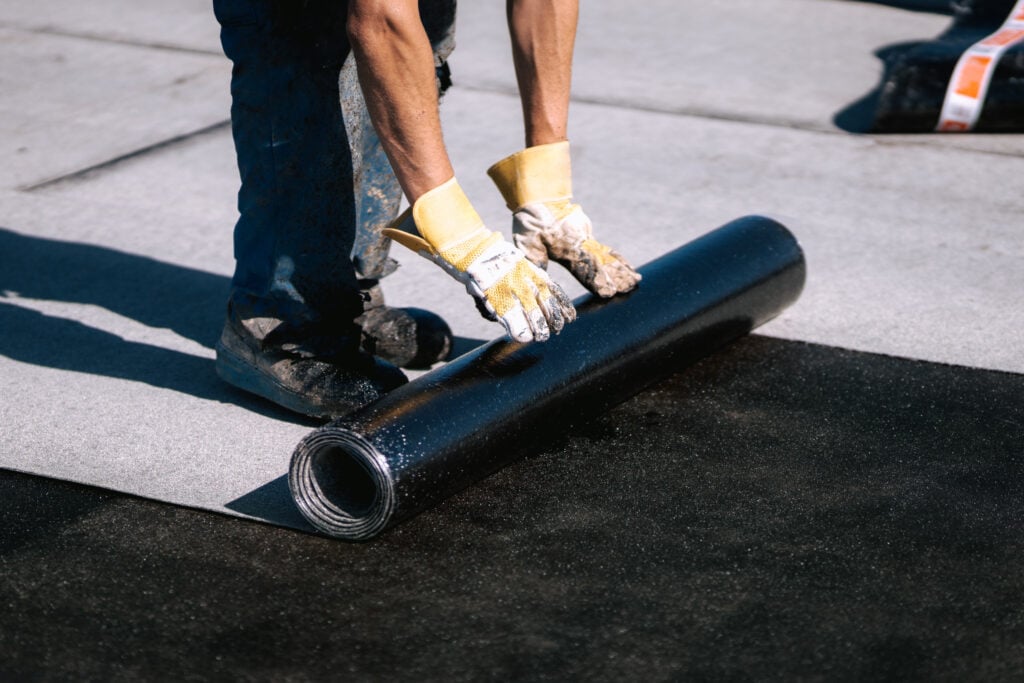
Before deciding, it’s worth clearing up a few misconceptions.
- Myth: Membranes are only for commercial buildings.
- Fact: They’re widely used in residential settings, especially for flat or low-slope homes.
- Myth: All membranes look unattractive.
- Fact: Many are subtle, installed under shingles or coatings, and not visible from the ground.
- Myth: Membranes are too expensive for the average homeowner.
- Fact: While some types are pricier, there are budget-friendly options like EPDM and modified bitumen.
- Myth: Once installed, membranes never need maintenance.
- Fact: Inspections are still important to check seams, flashings, and drainage.
💵 Cost Guide: Roofing Membranes by Type
Here’s what homeowners can expect when budgeting for different membrane types.
| Membrane Type | Average Cost per Sq. Ft. (Installed) | Lifespan | Best Feature |
| EPDM | $4–$8 | 20–30 years | Long lifespan, budget-friendly |
| TPO | $5–$9 | 15–25 years | Energy efficiency |
| PVC | $6–$12 | 20–30 years | Durability + chemical resistance |
| Modified Bitumen | $4–$7 | 15–20 years | Affordable installation |
Cost factors include:
- Roof size and accessibility
- Labor rates in your region
- Underlayment or insulation needs
- Removal of old roofing material
📝 Homeowner Checklist: Is a Roofing Membrane Right for You?
Not sure if your home needs one? Here’s a quick checklist:
- Flat or Low-Slope Roof: Water doesn’t shed easily, so a membrane is essential.
- History of Leaks: Recurring leaks often point to inadequate waterproofing.
- Extreme Weather: Heavy rain, snow, or high heat makes a protective membrane more valuable.
- Energy Concerns: If cooling bills are high, reflective membranes like TPO or PVC can help.
- Roof Age: If your roof is near the end of its lifespan, adding a membrane can extend its life or prep it for replacement.
If you check more than two of these boxes, a membrane is likely a smart investment.
🛠️ Maintenance and Professional Tips
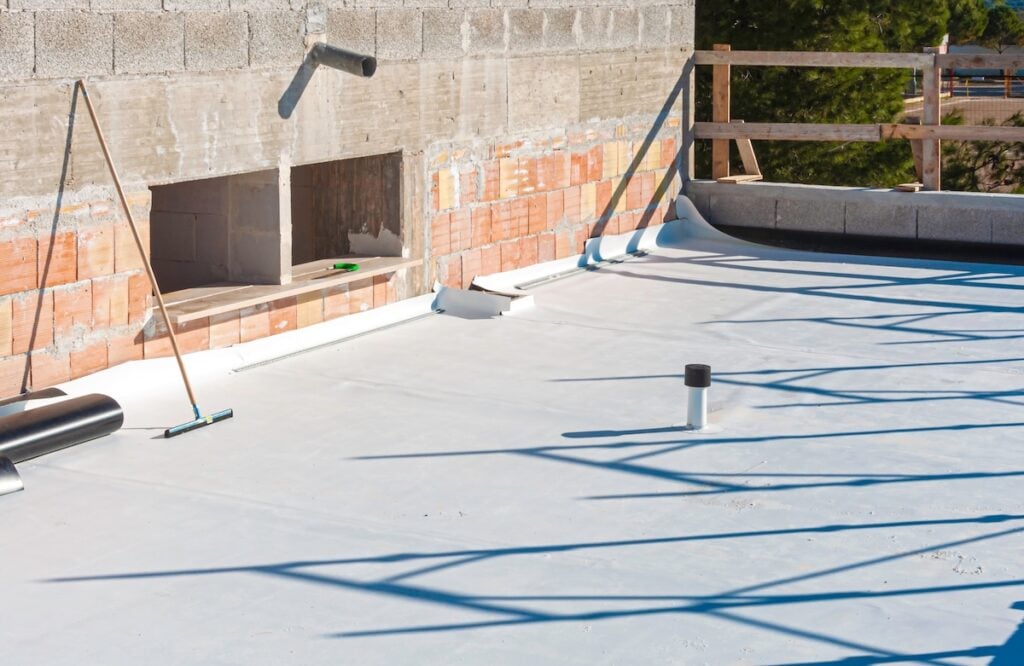
While membranes are designed to be durable, a little care goes a long way.
Maintenance Tips
- Inspect twice a year, especially after major storms.
- Clear off debris to prevent punctures or water pooling.
- Check seams and flashing around roof features like vents and skylights.
- Schedule professional inspections to catch issues early.
When to Call a Pro
- If you notice bubbling, tears, or cracks in the membrane.
- When water pooling doesn’t drain within 48 hours.
- If seams or edges start lifting away.
- When your membrane is nearing the end of its lifespan.
Pros vs. DIY Installation
| Factor | DIY | Professional |
| Cost | Lower upfront | Higher upfront |
| Durability | Risk of errors | Correct installation, longer lifespan |
| Tools Needed | Specialized equipment often required | Provided by contractor |
| Safety | Ladder and fall risks | Trained crews, safety gear |
For most homeowners, professional installation is the safer and more cost-effective route.
🌟 Protect Your Home With the Right Roofing Solution
Roofing membranes may not be the most visible part of your home, but they’re one of the most important for long-term protection. Choosing the right type helps prevent leaks, extend roof life, and improve energy efficiency.
If you’re ready to explore options and find the best membrane for your roof, contact us today to schedule a consultation with our roofing experts.
Let’s Get Started
Fix Your Roof the Badger Way
Got a question? Want to learn more about your options when it comes to caring for your home exterior? Our team is standing by with the information you need to start you roof replacement project today!

